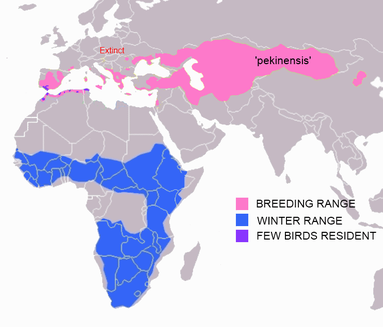 Lesser Kestrel - world distribution
Lesser Kestrel - world distribution http://en.wikipedia.org/wiki/Lesser_Kestrel ) The species decline was probably mainly a result of pesticide poisoning and a loss of habitat, but nobody knows for certain.
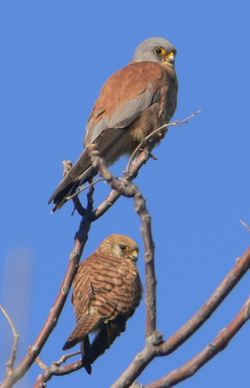 Pair of Lesser Kestrels
Pair of Lesser Kestrels 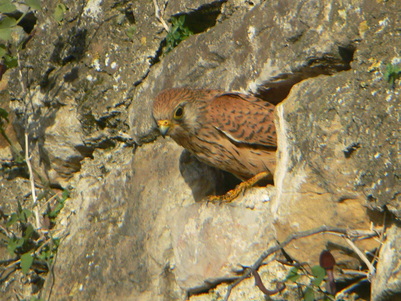 Female Lesser Kestrel emerging from her nest site in the bastion next to our house!
Female Lesser Kestrel emerging from her nest site in the bastion next to our house! 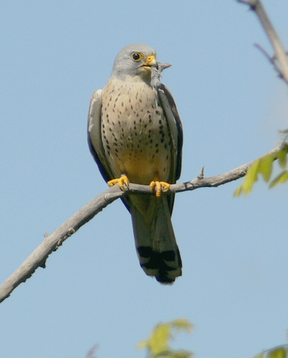 Food delivery - a nice juicy shrew served up by a male
Food delivery - a nice juicy shrew served up by a male Watching from the terrace I often get to see what prey the birds bring in – mainly crickets and centipedes with the odd shrew or mouse. Detailed studies have found that in Spain well over 90% of food items are invertebrates with grasshoppers & crickets making up over 60% and beetles over 20%, but only 4% vertebrates (mostly small mammals). However, by weight vertebrates made up over a third of their prey. Birds in Alcala seem to particularly like large yellow and black centipedes (although only as 1% of recorded prey). Elsewhere mole crickets are important prey items and there are certainly plenty in the Alcala area.
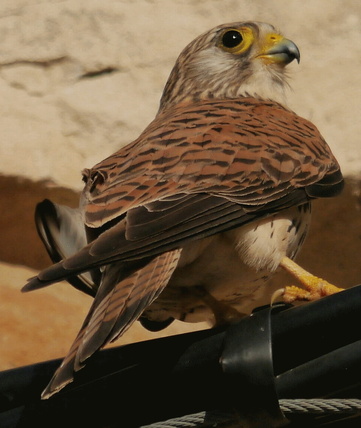 Female Lesser Kestrel - note whitish claws
Female Lesser Kestrel - note whitish claws 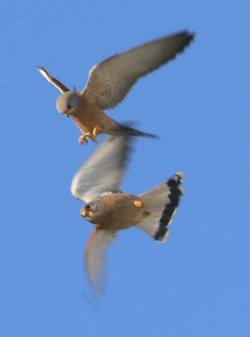 Lesser Kestrels playing 'tag'!
Lesser Kestrels playing 'tag'! So, if I had to name one bird that, for me, sums up the joys of visiting southern Spain it would be Lesser Kestrel. Other birds are more exotic (Flamingo), more colourful (Bee-eater) or more uniquely Iberian (Azure-winged Magpie), but only Lesser Kestrel has chosen to live amongst us cheek-by-jowl. Living with us in towns and villages obviously suits Lesser Kestrel since the great majority of birds now do so. I'm not sure whether anyone's seriously investigated why this is so, but I'd guess it a mixture of factors – plenty of nesting sites (under eaves, in crumbling walls, etc), relative safety (as long as humans were friendly!) and access to convenient nesting sites near feeding grounds (open grasslands). Living in large colonies they're a gregarious, noisy and, at risk of sounding too anthropomorphic, playful species which makes them all the more interesting to watch. No wonder they're one of my favourite birds!
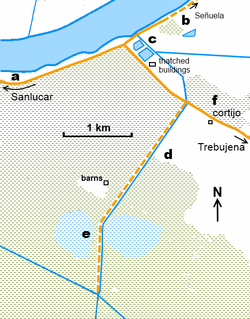
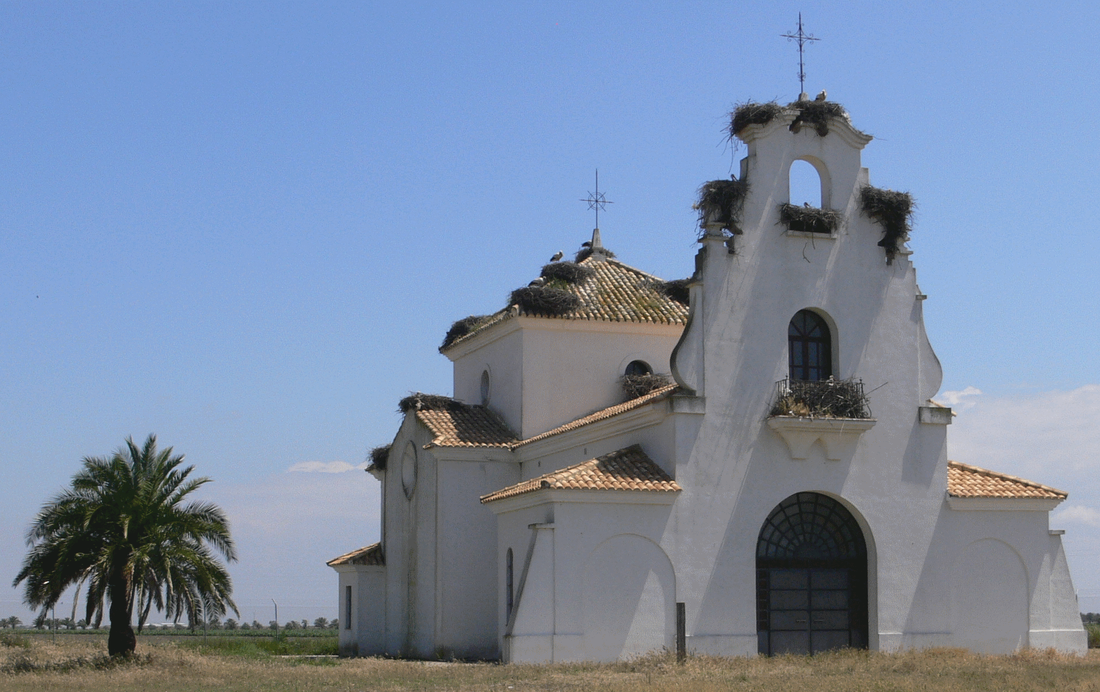
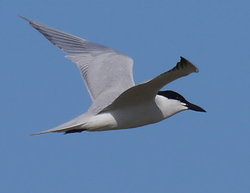
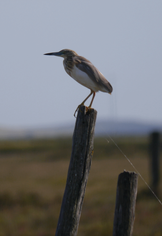
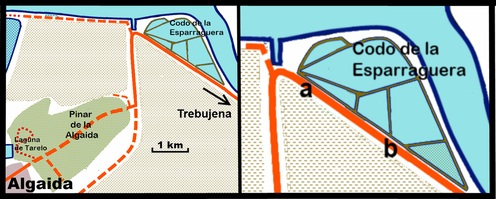
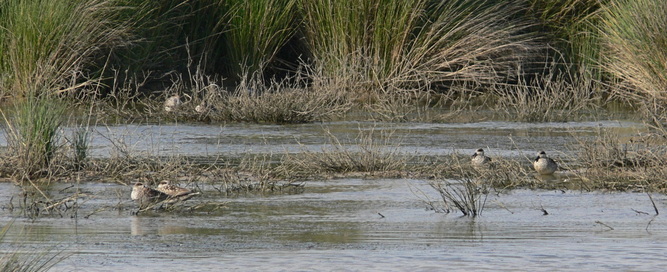
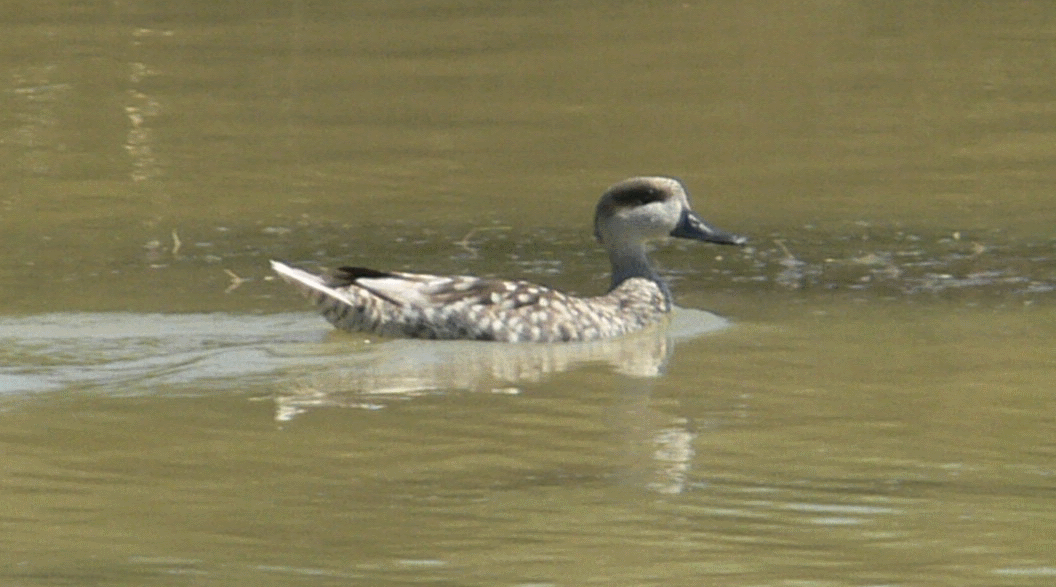
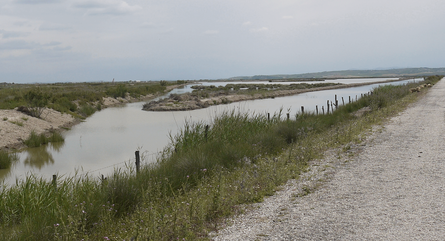
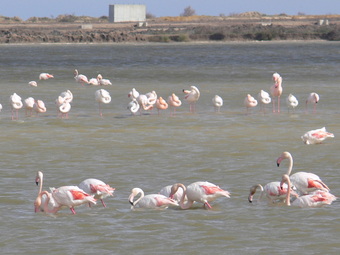
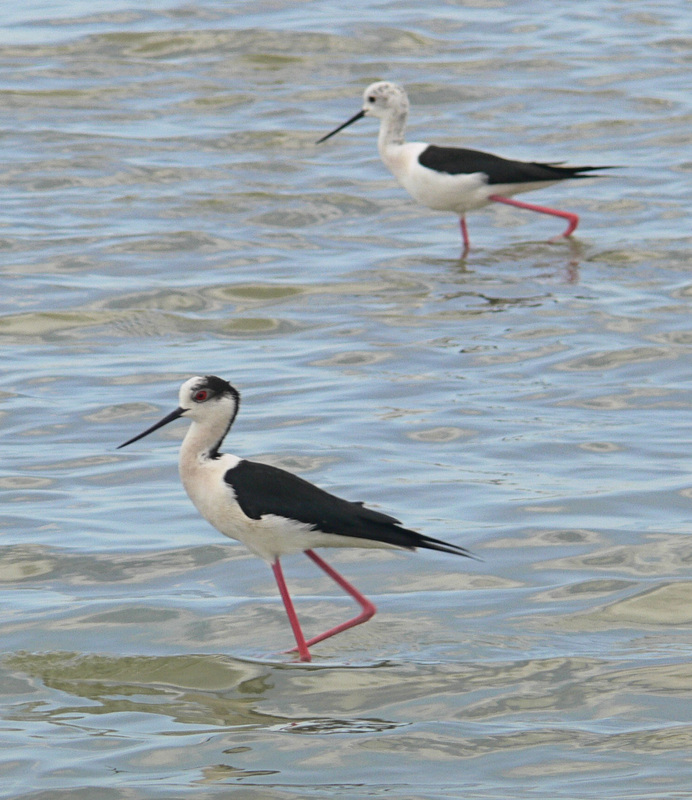
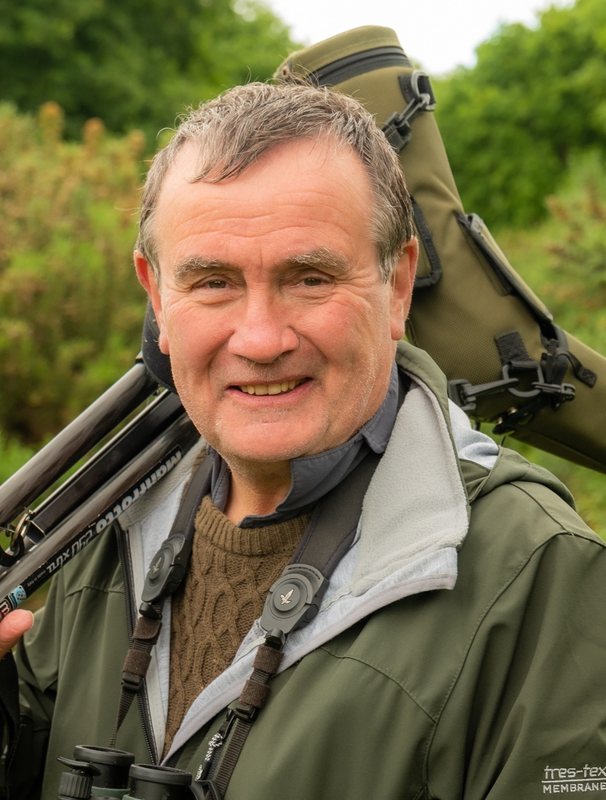
 RSS Feed
RSS Feed
